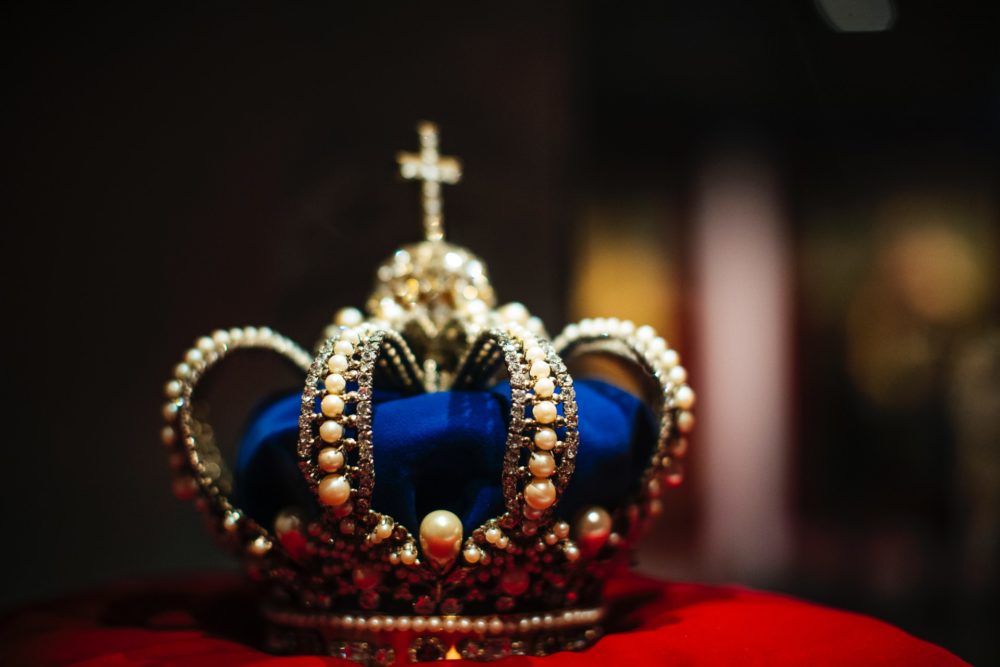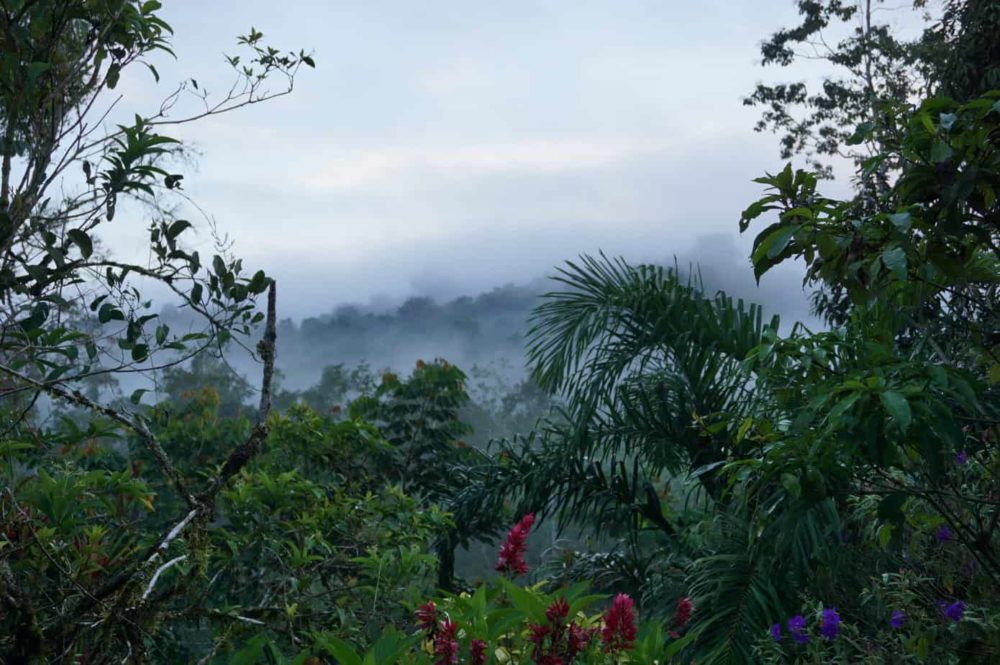What is the difference between bulk cocoa and fine flavor cocoa?
In well-stocked chocolate shops - or in our Theyo shop - you will come across the word 'Criollo' again and again. You can also read the terms 'Trinitario', 'Nacional (Arriba)' and sometimes 'Forastero' on many packaging. Information on countries of origin, often even regions of origin, can also be found on many packaging. If, on the other hand, you are in the supermarket on the corner, you will not find such information on any chocolate packaging. Why? Because over 60% of the world's cocoa exports come from Ghana and Ivory Coast. Above all, the less aromatic and often cheap consumer cocoa Forastero is grown here. But while Forastero can also produce interesting flavors, cocoa beans of all types and origins are often blended together in supermarket chocolates. The result is usually a bitter chocolate mass as the basis ( why dark chocolate is bitter? You can read here ). This is either sold as 'dark chocolate' or - supplemented with lots of sugar and cheap fat - offered as milk chocolate.
The myth of the three varieties: Criollo, Trinitario and Forastero
With fine chocolate, on the other hand, it is the same as with fine coffee or wine: the different types of cocoa have an influence on the aromas but also on the price and further processing of chocolate. For a long time there was a paradigm of three varieties - Criollo, Trinitario and Forastero - with Criollo being classified as the best cocoa variety, Trinitario as mediocre and Forastero as inferior.The long-established knowledge of the three varieties was refuted in 2008 by the research team led by Juan Carlos Motamayor . The team found not just three, but over ten genetic cacao families:
- Amelonado
- Contamaná
- criollo
- Curaray
- Guiana
- Iquitos
- Maranon
- National
- Nanay
- Purus

Another research team found another 3 genetic families. It is assumed among researchers that there are over 20 types of cocoa beans. So far, the 10 varieties mentioned above have been scientifically verified.
Colonization of cocoa variety names
The original classification can probably be traced back to the Spanish colonialists. While 'Criollo' means 'native' in Spanish, 'Forastero' means 'foreign'. Accordingly, the colonialists named the first cocoa they found in Central America 'Criollo'. They called the cocoa varieties that were grown in their colonies, for example, 'Forastero'. But - as you can imagine - the origin of cocoa was not where the Spanish colonialists located it. Instead, researchers assume that the first cocoa beans were found in the Amazon region. Probably in an area where Peru, Brazil, Colombia, and Ecuador border. Instead of coming from all of Central America, it is assumed that the origin of the cocoa can be traced back to a small region. It was precisely this cocoa that was first spread across all continents by the natives and later by the colonialists.
Forastero
While the term 'Forastero' is still widely used, it is no longer botanically accurate. Many of the above cultivars are Forastero species. And not all are - as is often claimed - of poor quality. On the contrary, chocolate manufacturers have already won international awards with chocolate made from Forastero varieties. Many Forastero cocoa varieties have the advantage of being particularly hardy and productive compared to other varieties. In general, we often find chocolaty, full-bodied, tart notes of coffee, tobacco and nuts in Forastero chocolates. Depending on how they are processed, these bars can taste delicious and fine, but in most cases they do not offer completely unknown flavors.criollo
Researchers disagree as to whether pure Criollo varieties even exist. Either way, Criollo – or what most people think of as such – is only grown in small quantities. A very special variety of Criollo is Porcelana. While it has rather subtle flavors, the white porcelain color of the beans - hence the name - is what sets this strain apart.
Is Criollo considered the queen of cocoa varieties?
Criollo is often described as mildly acidic and not very astringent. Criollo fans love their Criollo chocolates for their mild taste with aromas of nuts, caramel and (dried) fruit. But the same applies to Criollo: in the end, it always depends on the people in the manufacturing process. If the Criollo beans are poorly fermented or unfavorably roasted in the chocolate factory, then these bars will be far from enjoyable, despite the high-quality beans. Caution is also advised with Criollo: the fact that Criollo is considered the best bean in the world has attracted many marketing-savvy manufacturers. Even if it says Criollo on it, Criollo isn't always inside. It is therefore best to research more closely whether it is more a scam or a serious chocolate manufacturer. You can find out here what you should look out for when buying chocolate .
Trinity
The Trinitario cocoa variety is a hybrid of Criollo and Forastero varieties. It is believed that many cacao trees became ill after an infestation. For this reason, this hardy hybrid was developed in the Trinidad in the 18th century. Today, Trinitario beans are mainly grown in the Caribbean, but also in Venezuela, Papua New Guinea and Madagascar. Trinitario beans are considered fruity-sour and slightly spicy. A delicious example of a Trinitario chocolate is the Georgia Ramon Brazil .Hybrid
Ever since Trinitario was developed in the 18th century, people have been trying new hybrids. These often have robotic names such as CCN-51. Everything you need to know about CCN-51 is here (soon). As far as the theory...While in theory the cocoa varieties have now been scientifically well divided, the reality is much more diverse. Fine flavor cocoa varieties in particular often grow in wild (rain) forests, often of unclear origin. Thus, even with single-origin chocolates, different types are often mixed. Sometimes, however, these regional mixes produce more exciting flavors than pure cocoa varieties. The ICCO regularly publishes an overview to find out what proportion of fine flavor cocoa can be assumed from the different countries of origin.

But which kind should you try now?
As you should have noticed by now, the type of cocoa has an impact on the taste of a chocolate. However, it is far from the only factor! The origin, the farm management and the production method are also essential for the aromas in your bar. By the way , you can find out exactly where the aromas in your chocolate come from here . It is therefore best not only to try chocolate from different types of cocoa, but also from different countries of origin, from different manufacturers and maybe even with different ingredients. The wider your chocolate selection, the better you can find out what you really like in your chocolates!We have summarized for you here how you can best enjoy chocolate. Take notes and see if you can spot patterns. Do you like certain flavors particularly well? Or maybe always the same country of origin? Then you should keep trying your way through the world of fine chocolate! Is there a better excuse to indulge in lots of chocolate? We have put together tips for you on how to find the most suitable chocolate for you here .
You want to taste chocolate and talk about it? Then take part in one of our chocolate tastings or goon a tasteful trip around the world with us and your team !



